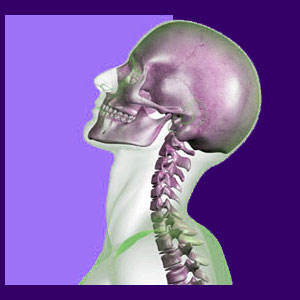
Herniated disc exercises are key components of physical therapy programs and are some of the most popular and widely prescribed conservative treatments. Prolapsed discs are diagnosed as the underlying cause of many back, neck and sciatica pain complaints. Unfortunately, disc problems are also one of the primary scapegoats taking the blame incorrectly for a great number of cases of unresolved back pain.
There is considerable debate whether exercise therapy is even a logical option when it comes to treating herniations. Will exercise change the spinal anatomy? Will it reduce a disc bulge theorized to be impinging on a nerve or compressing the spinal cord? How will exercise provide any benefit at all to an interior spinal concern like a herniation?
The answer to these questions will be discussed in this article dedicated to the pros and cons of using exercise therapy to treat a variety of disc pathologies.
Therapeutic Herniated Disc Exercises
If your doctor is inclined to prescribe specific back exercises to treat your disc pain, there is a good chance they might send you to see a physical therapist. Utilizing professional physical therapy services is a good idea for patients who are beginning a workout program designed for any specific curative purpose.
A trained therapist will give the patient confidence and teach proper movements and posture. It is very important to do prescribed back pain exercises correctly in order to maximize their healing benefits and minimize the risk of additional injury.
Some patients decide to hire a fitness trainer to design a program of back exercise for them. This can be a less expensive solution for patients who do not have health coverage, but the skill level of rehabilitative exercise programming for an average personal trainer is unlikely to rival that of a PT or PTA.
Exercise Books for Herniated Discs
There are many books written about general back exercises, as well as books dealing with specific spinal conditions. Before using any book as an exercise guide, it would be wise to show it to your doctor for professional evaluation and approval. There are some excellent books available and their usage can add variety to your daily exercise regimen.
As a long time fitness professional myself, I find that most people enjoy variety in their exercise routines. I also find that a diversity of activities is more therapeutic than a single set of exercises repeated ad nauseum. Variation of activity is easy to achieve using books and videos. This approach will usually pay dividends in terms of increased patient interest and participation in the program.
Herniated Disc Exercise Opinions
I am an outspoken advocate of exercise. I think it is a crucial part of health and an enjoyable facet of life. However, I rarely endorse it as a curative method for a diagnosed spinal condition.
Exercise will help to increase muscular back strength and support, but will not usually do much to actually end a chronic pain syndrome. Remember, exercise will not structurally alter a herniated disc. Exercise is most commonly used as a symptomatic back pain treatment and in that regard can be mildly, moderately or extremely effective.
Patients who get the most relief from disc-related exercises are ironically the ones who need it the least. Exercise is a great short term treatment for oxygen deprivation back pain. It really gets the blood flowing and increases cellular oxygenation considerably. Patients experiencing oxygen deprivation are most commonly actually suffering from a mindbody syndrome and not pain elicited from the disc itself. Ischemia can produce terrible physical symptoms and will logically respond well to increased circulation, and therefore oxygenation, whereas a herniated disc will not.
For these patients, the decision to add knowledge therapy into the treatment mix might be very prudent. This treatment choice will work to resolve the potential mindbody reasons for the symptoms and will not impart any risks or costs to the patient, making it a great path to explore.
I always recommend talking to your doctor about the reasons why they recommend exercises for suspected disc pain. In some instances, it may be simply to create a paper trail of unresponsive pain to warrant invasive surgery in the near future. In other cases, it might be part of a desperation “do something and hope” strategy. In many cases, the doctor might not even have a logical answer and will recite some myths about strengthening the back muscles to prevent pain. Nonsense. Make sure their answer does make sense or consider getting a second opinion.





